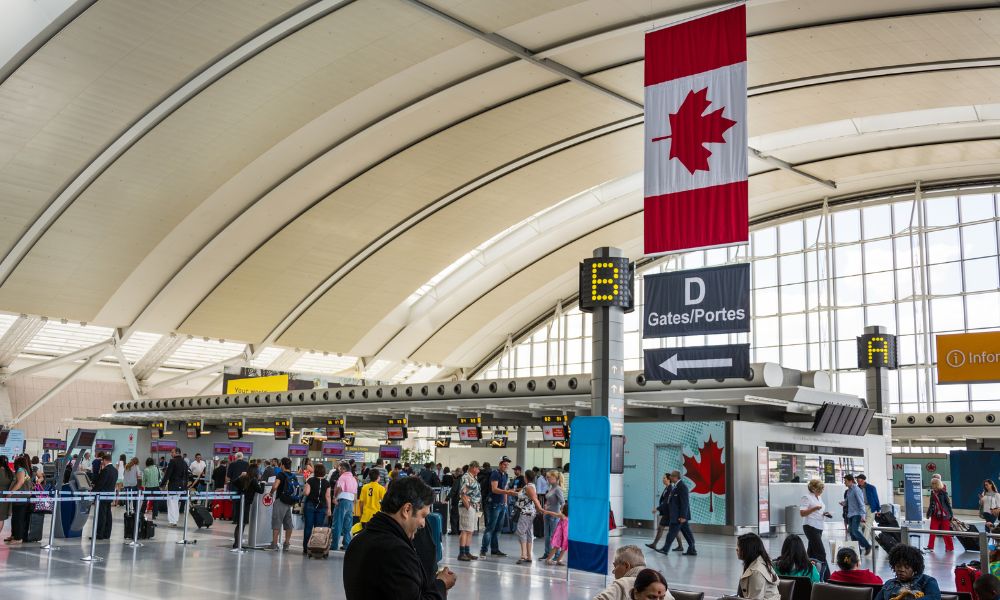Canadian Airports Council president warns against selling airports to pension funds, fearing higher passenger fees
Monette Pasher, president of the Canadian Airports Council, highlighted in a Financial Post opinion feature that Canada’s airports have been operating as private, non-share-capital corporations for 30 years, though they still sit on leased federal land.
This arrangement was designed to allow airports to function like businesses while acknowledging that air travel is a public good, crucial in a country as large as Canada.
Pasher clarified that, despite some misconceptions, Canadian airport authorities are private entities, not government operated. However, the term ‘privatization’ is sometimes misused to imply “privatization plus profit,” which would likely result in higher user fees for passengers.
This concern arises particularly in light of former Bank of Canada governor Stephen Poloz’s recent mandate to identify domestic investment opportunities for pension funds, with airports as potential assets.
While airport authorities seek diverse financing options for infrastructure projects, Pasher warned that selling these vital transportation assets to pension funds could lead to fee increases.
Institutional investors, needing to generate profits, may resort to raising revenues through higher fees, a move that would burden Canadian passengers.
Pasher emphasized that Canadian travellers and airlines already criticize the relatively high Airport Improvement Fees (AIFs) compared to those in the United States, where airports benefit from substantial federal subsidies.
Despite Canadian airports contributing $7.3bn to the public purse since divestiture, their AIFs remain lower than those at many for-profit airports globally.
Pasher pointed to examples such as London Heathrow, where AIFs have reached the equivalent of $54, and Australia’s for-profit airports, which divert significant revenues to shareholders. These cases illustrate the inefficiencies and higher costs that can accompany for-profit airport models.
While Pasher supports the idea of allowing airports to finance infrastructure improvements more flexibly, she cautioned against abandoning the current model to benefit private equity at the expense of passengers.
Instead, she proposed that pension funds be part of the solution in a way that aligns with the original privatization strategy.
Pasher suggested four steps for Ottawa to consider:
- Finalize and clarify ways for airport authorities to secure capital from pension funds.
- Extend federal leases by 50 years to help airport authorities attract lower-cost financing.
- Recapitalize the Airport Capital Assistance Program to $95m to support small airports.
- Create a $400m federal fund for airport infrastructure investments.
Pasher concluded that Canada’s airports are already successfully run like businesses, avoiding the high fees seen in for-profit models. She urged that future developments ensure air travel remains accessible and affordable for Canadians.

